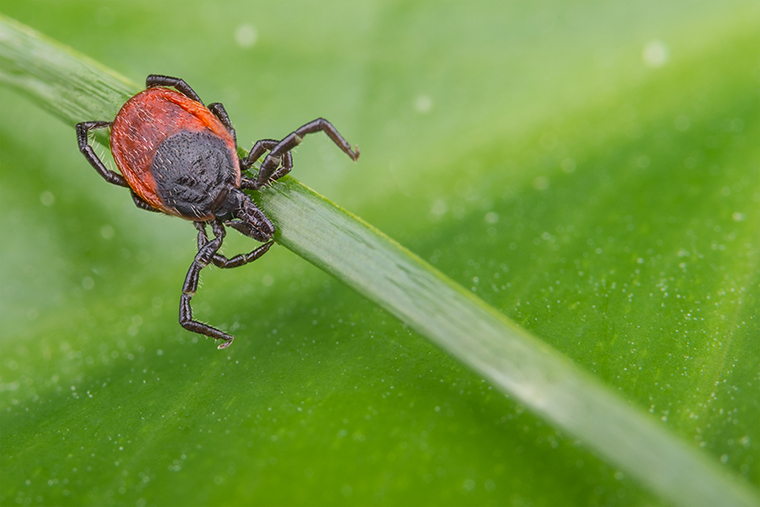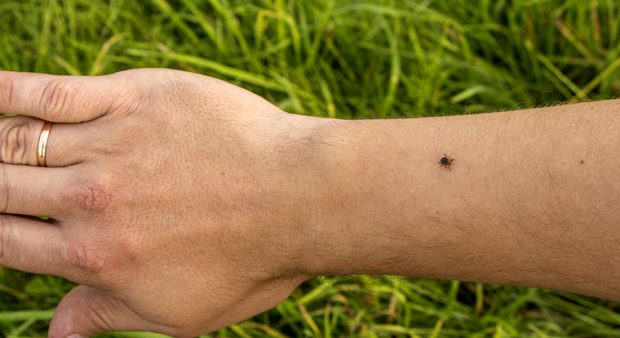
A discovery by a biochemist at Virginia Tech could lead to new treatment for Lyme arthritis, the painful and most common late-stage symptom of Lyme disease, according to a research paper published Monday.
Brandon Jutras found that as the Lyme-causing bacteria borrelia burgdorferi multiplies, it sheds a cellular component called peptidoglycan that prompts a unique inflammatory response in the body, the university stated in a media release.
“This discovery will help researchers improve diagnostic tests and may lead to new treatment options for patients suffering with Lyme arthritis,” stated Jutras, the lead author of the collaborative study published by the Proceedings of the National Academy of Sciences of the United States of America (PNAS).
“This is an important finding, and we think that it has major implications for many manifestations of Lyme disease, not just Lyme arthritis.”
Jutras, an assistant professor of biochemistry in the College of Agriculture and Life Sciences and affiliated faculty member of the Fralin Life Sciences Institute, began work on the paper four years ago during his post-doctoral fellowship, the university stated.
Allen Steere, a Harvard doctor who originally identified Lyme disease in the 1970s, assisted with research and provided access to patient samples.
The next stage of work is to use methods to destroy the peptidoglycan – an essential component of bacterial cell walls – or intervene to prevent a response, which could eliminate disease symptoms, the university stated.
Patients would start recovering sooner with either therapy, Jutras predicts.
Lyme disease is spread by bites from an infected black-legged tick, a tiny arachnid also known as a deer tick that continues to grow in number.
Cases have hit record numbers across Canada and health officials expect the trend to continue as the ticks become more numerous and their territory expands.
In 2017, there were 987 cases in Ontario and more than 1,400 in Canada, up from 388 in the province and 992 nationwide a year earlier. In the United States, an estimated 300,000 people are diagnosed annually, according to the Centers for Disease Control and Prevention.
The infection can have many symptoms if left untreated, ranging from a flu-like illness in the early stages, to more serious symptoms affecting the central nervous system, brain, or heart, according to Ontario’s Ministry of Health and Long-Term Care.
The ministry says those who camp, fish, hike, or hunt should wear light-coloured clothing, avoid shrubs or grassy areas, wear long sleeves and long pants, use bug repellent containing DEET, and for extra protection, tuck pants into socks.
For more information on ticks, click here
For personal accounts of lyme disease, click here







Leave A Comment